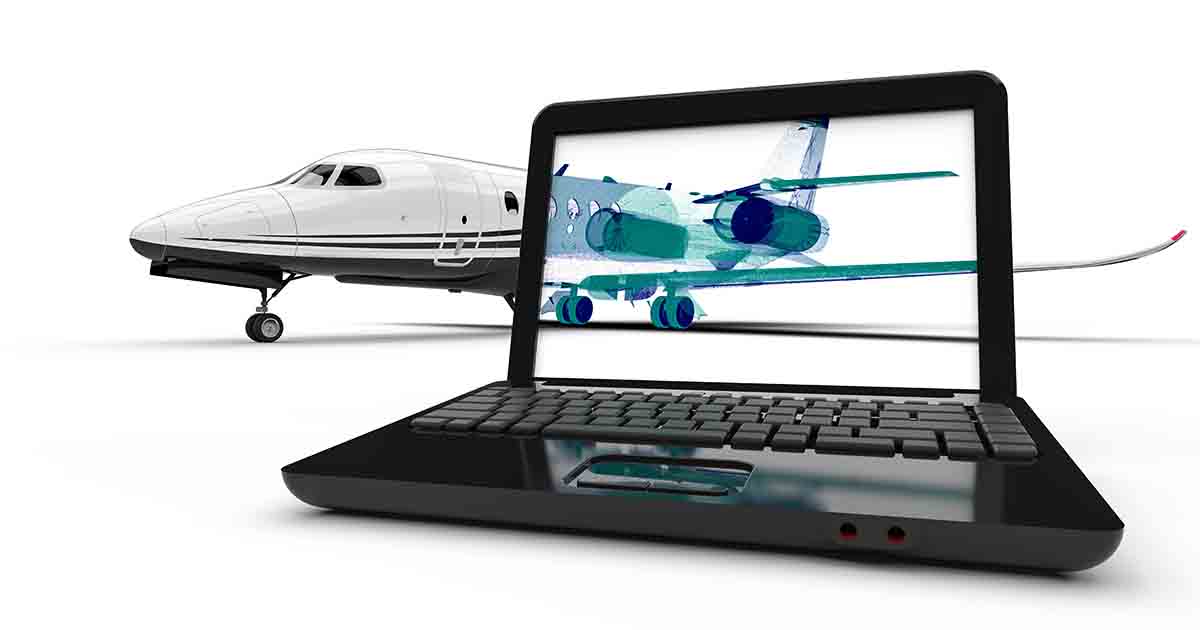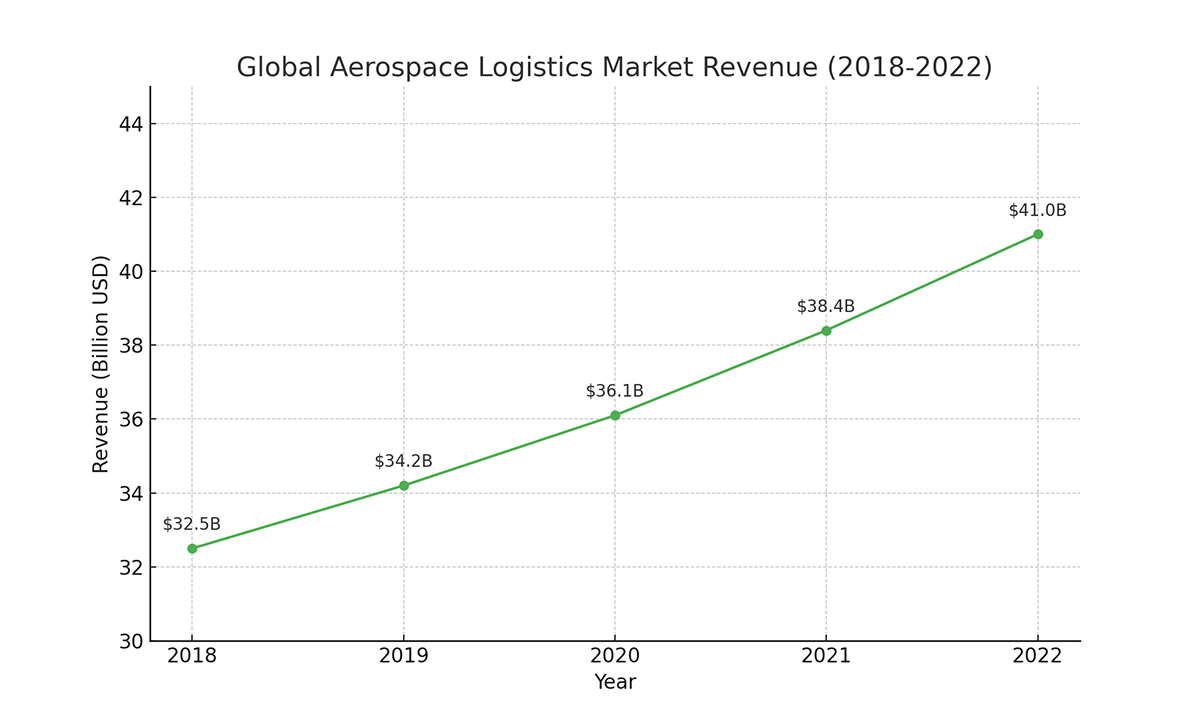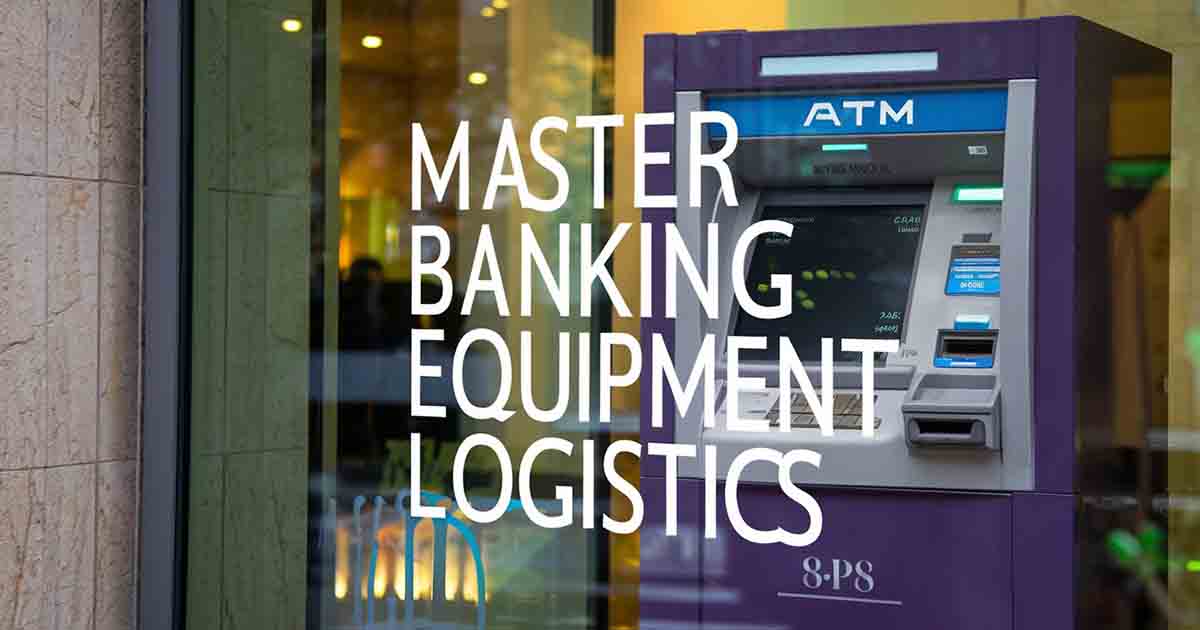In the highly specialized field of aerospace logistics, delivering high-value components is a critical task that demands precision, expertise, and meticulous planning. Whether it’s delicate aircraft parts or massive airplane engines, the complexity of these operations is immense, and the stakes couldn’t be higher—there’s virtually no margin for error. To delve deeper into the importance of safeguarding these valuable assets, including the essential role of insurance, explore our comprehensive guide on The Importance of Insurance in High-Value Logistics. In this blog, we will also examine the intricacies of delivering aerospace components, the challenges involved, and the best practices that ensure these assets reach their destinations safely and efficiently.
“The desire to fly is an idea handed down to us by our ancestors who, in their grueling travels across trackless lands in prehistoric times, looked enviously on the birds soaring freely through space, at full speed, above all obstacles, on the infinite highway of the air.” – Wilbur Wright
What is Aerospace Logistics?
Aerospace logistics refers to the specialized process of managing the transportation, storage, and handling of aircraft parts, engines, and other related components. Unlike general logistics, aerospace logistics demands a higher level of precision and care due to the sensitive nature and high value of the items involved. These components are often critical to the operation and safety of aircraft, making it imperative that they are handled with the utmost care.
The scope of aerospace logistics extends beyond simple transportation. It includes the coordination of supply chains, compliance with international regulations, and the use of specialized equipment and methods to protect the integrity of the components during transit. Whether it’s delivering spare parts to a remote airfield or transporting a jet engine across continents, aerospace logistics is a complex and highly regulated field.
The global aerospace logistics market has experienced steady growth over the past five years, reflecting the increasing demand for specialized transportation and handling of high-value components. According to Statista, the market’s revenue has grown from $32.5 billion in 2018 to $41.0 billion in 2022.
Data Source: Statista, “Global Aerospace Logistics Market Revenue from 2018 to 2022.”
Disclaimer: The data presented is sourced from Statista’s market research reports.
How Are Aircraft Parts Transported?
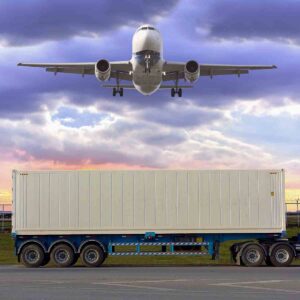
Transporting aircraft parts requires a deep understanding of both the parts themselves and the transportation methods best suited to their unique requirements. Aircraft parts vary widely in size, shape, and fragility, meaning that each type of component may require a different approach.
Smaller parts, such as electronic components or avionics, are typically packed in specialized containers that protect them from environmental factors like moisture, dust, and temperature fluctuations. These containers are often designed to absorb shocks and prevent any movement within, ensuring the parts remain secure throughout the journey.
Larger parts, such as wings or fuselage sections, require more complex logistics solutions. These components are often transported via oversized freight services, which may involve custom-built crates, special lifting equipment, and coordination with multiple transportation modes, including road, sea, and air freight. International logistics providers must also navigate various regulatory requirements, including export/import regulations, customs clearance, and adherence to industry standards.
The Importance of Timing in Aerospace Logistics
Aerospace supply chains operate on extremely tight time frames, where any delays can have significant ripple effects on production schedules and aircraft availability. Ensuring that aircraft parts arrive on time is not just important—it’s critical to maintaining the efficiency and reliability of the aerospace industry. At Moveitem, we leverage advanced data analytics to optimize delivery schedules and minimize risks, ensuring that your high-value components are delivered precisely when needed. Learn more about how we optimize product delivery through data-driven strategies in our blog on Leveraging Data Analytics to Optimize Product Delivery.
How Are Airplane Engines Transported?
Key Considerations for Transporting Airplane Engines
| Consideration | Description |
|---|---|
| Specialized Containers (Engine Stands) | Custom-fitted stands designed to cradle the engine securely, minimizing movement and providing shock absorption during transit. |
| Temperature-Controlled Environments | Engines may require shipping in temperature-controlled environments to prevent damage from extreme heat or cold. |
| Environmental Factors | Logistics must account for humidity, vibration, and other environmental factors that could affect the engine’s condition during transport. |
| Specialized Logistics Providers | Engines are typically transported by providers with extensive experience in aerospace logistics, ensuring safe and efficient delivery. |
| Comprehensive Services | Providers offer services from pick-up and packaging to delivery and installation, handling every aspect of the engine’s transport. |
Transporting airplane engines is one of the most challenging aspects of aerospace logistics. These engines are not only massive and heavy but also incredibly valuable and delicate. Any damage to an engine during transport could result in significant financial losses and potentially compromise the safety of the aircraft it powers.
To ensure the safe transportation of airplane engines, specialized shipping containers known as “engine stands” are used. These containers are designed to cradle the engine securely, minimizing any movement during transit. Engine stands are equipped with shock absorbers and are often custom-fitted to each specific engine model to ensure a perfect fit.
In addition to the physical protection provided by engine stands, the logistics process must account for environmental factors such as temperature and humidity. For instance, engines may need to be shipped in temperature-controlled environments to prevent damage from extreme heat or cold.
Due to the high value and critical importance of airplane engines, their transportation is usually carried out by specialized logistics providers with extensive experience in aerospace shipping. These providers offer a comprehensive service that includes everything from pick-up and packaging to delivery and installation.
What Shipping Class Are Aircraft Parts?

Aircraft parts are generally classified as high-value, sensitive cargo, and are typically assigned to a specialized shipping class that reflects their importance. The exact shipping class can vary depending on the type of part, its size, and its fragility.
For example, small electronic components might be classified under a standard shipping class with added precautions for sensitive electronics, while larger parts like landing gear or wings may fall under an oversized freight classification. The classification affects everything from packaging requirements to the mode of transportation used.
In addition to the standard shipping classifications, aircraft parts often require additional documentation and certifications, such as airworthiness certificates and export/import licenses. These documents are essential for ensuring that the parts meet all regulatory requirements and can be legally transported across international borders.
The shipping class also determines the level of insurance required for the shipment. Given the high value of most aircraft parts, it is essential to have adequate insurance coverage in place to protect against potential losses during transit.
In logistics, shipping classes are used to categorize items based on factors like size, weight, density, value, and ease of handling. Aircraft parts are generally considered high-value, sensitive cargo and are often assigned to specialized shipping classes that reflect their importance and fragility. The specific class can vary depending on the type of part, its size, and its handling requirements.
Shipping Classes for Aircraft Parts
| Aircraft Part | Shipping Class | Description |
|---|---|---|
| Electronic Components | Class 50-60 | Sensitive electronics require specialized packaging to protect against moisture and shock, often classified under lower classes to ensure extra care. |
| Landing Gear | Class 85 | Heavy and large components like landing gear are classified higher due to their size, weight, and specialized handling needs. |
| Wings and Fuselage Sections | Class 100-150 | These oversized items require custom crating and may fall under higher classes due to their dimensions and fragility. |
| Engines | Class 92.5-125 | Engines are high-value components that require engine stands and temperature-controlled environments, leading to higher classification. |
| Avionics | Class 60-70 | Similar to other electronic components, avionics are classified lower due to their sensitive nature and need for protective packaging. |
How to Transport Aircraft Landing Gear?
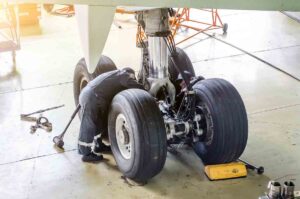
Transporting aircraft landing gear presents unique challenges due to its size, weight, and importance to the aircraft’s operation. Landing gear is a critical component, responsible for supporting the entire weight of the aircraft during takeoff, landing, and taxiing. As such, any damage to the landing gear can have serious safety implications.
The process of transporting landing gear typically involves the use of custom-built crates or containers that are designed to support the weight and shape of the gear. These containers must be strong enough to handle the gear’s weight and durable enough to protect it from external impacts during transit.
Specialized lifting equipment is often required to load and unload the landing gear, particularly if it is being transported via air or sea freight. The logistics provider must also ensure that the gear is properly secured within the container to prevent any movement that could cause damage.
Given the critical role of landing gear, its transportation is usually handled by logistics providers with specific expertise in aerospace components. These providers understand the importance of timely and secure delivery, and they use a combination of specialized equipment, experienced personnel, and advanced tracking systems to ensure that the landing gear arrives at its destination in perfect condition.
Request a Consultation
Navigating the complexities of delivering high-value aerospace components requires a logistics partner with specialized knowledge and experience in the aerospace industry. At Moveitem, we offer tailored solutions that ensure the safe and efficient transportation of your critical components. From aircraft parts to engines and landing gear, we have the expertise and resources to handle even the most challenging shipments.
If you’re looking for a reliable partner to manage your aerospace logistics, we invite you to request a consultation with our team. Let us help you navigate the complexities of aerospace logistics and ensure that your components are delivered safely and on time.
Learn More
We have provided insight into the critical aspects of delivering aerospace components, from transportation methods to regulatory requirements. By better understanding these complexities, you can make informed decisions and choose the right logistics partner for your needs.
Get Started Today
Outsourcing your logistics operations to MoveItem.com is a smart move towards greater efficiency and cost savings. Whether you’re looking to streamline your supply chain, reduce operational costs, or simply want a reliable partner for your logistics needs, we’re here to help. Get simple quote today or Contact us to discuss the efficiency of your logistics process.
Trust Moveitem.com
More Great Resources from our Team to You.
Case Study | Nationwide Shipping Service
Posted By

Clint Lawrence, founder of MoveItem.com. Helping give customers Safe, Simple, and Sustainable Shipping Solutions.rever

